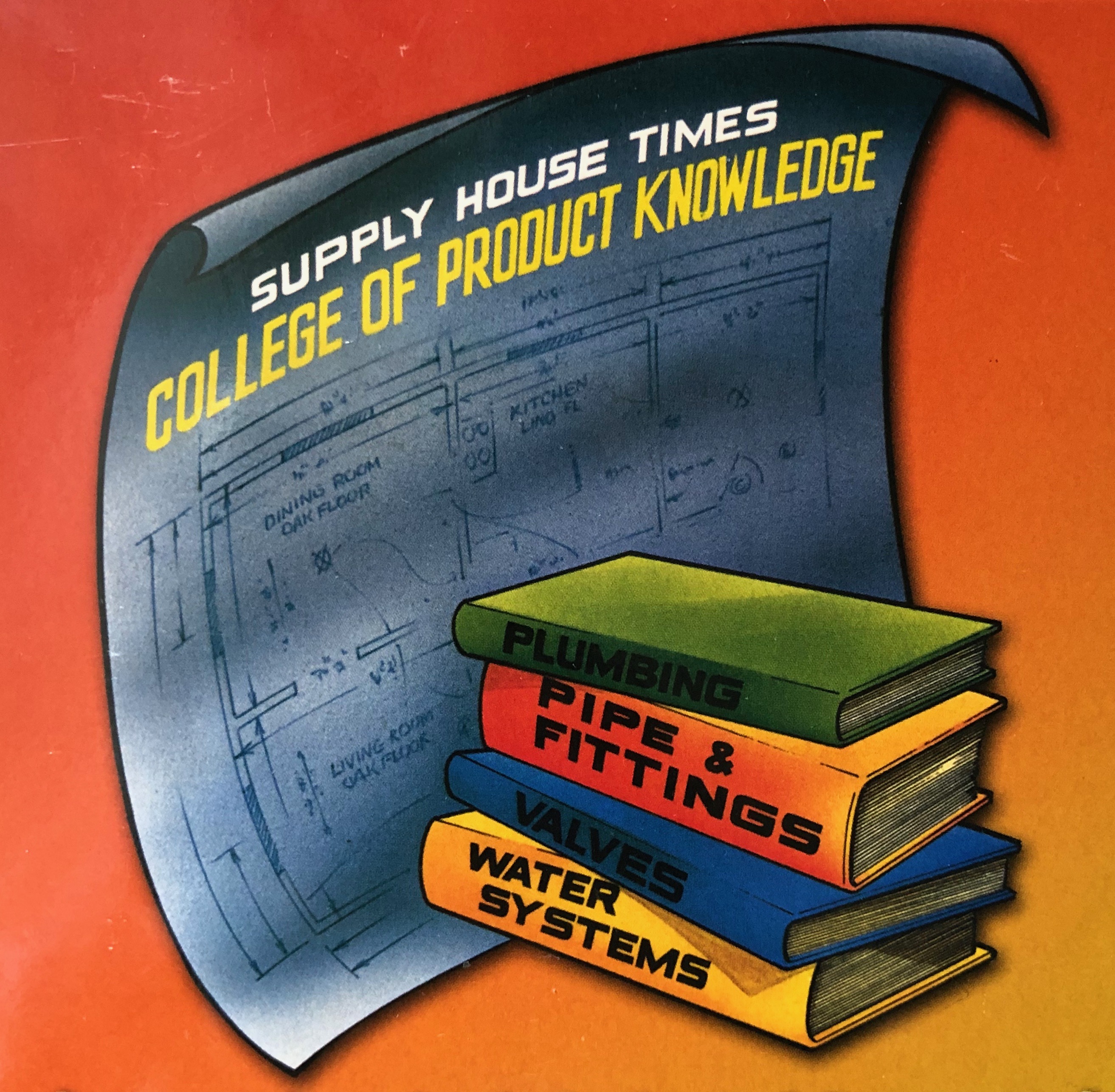REHAU leads zero energy efforts with a combination of products and processes

Zero-energy buildings (ZEB) and even zero-energy targeting cities are gaining momentum all over the United States and Canada, both for environmental and financial reasons. Why is this a major trend? What are the health and comfort outcomes for future occupants of high-performance buildings? These buildings are generally very high quality, and this can make the discussion a lot more tangible for the owner. Then in turn, this also makes the building more leasable, which is why building owners and facility managers are looking for solutions that bring their commercial buildings closer to net-zero. REHAU, a manufacturer of highly engineered and innovative building solutions, is taking the lead by encouraging engineers and contractors to take a closer look at hybrid radiant-DOAS systems for upcoming projects.
REHAU hydronic radiant heating and cooling systems when combined with a dedicated outdoor air system (DOAS) can reduce HVAC energy consumption while increasing thermal comfort and air quality in commercial buildings. HVAC system designers do not need to choose between comfort and efficiency in commercial buildings. By integrating a radiant heating/cooling system with a dedicated outdoor air system (DOAS), both of these performance attributes can be optimized. This technology decouples sensible and latent loads, allowing the key variables that optimize comfort and energy efficiency to be independently and precisely controlled.
“The thermal comfort of hydronic radiant heating and cooling systems is approved and recognized by all standards, and it’s contribution to energy saving in commercial buildings is well measured and documented,” said Saeed Danesh, technical project specialist with the building solutions division of REHAU. “Additionally, indoor air quality is a major concern for mechanical consultants, and DOAS is capable of achieving much higher air quality using smaller equipment as compared with traditional HVAC.”
By skillfully combining these two proven technologies, HVAC system designers can not only optimize building energy efficiency and sustainability but can also create indoor spaces that are more conducive to occupant health and performance. This potential synergy of hybrid radiant-DOAS systems is underutilized.
“The main barrier we observe in the market is wide adoption and acceptance by building design teams and specifiers,” added Danesh. “Through providing educational resources and technical support, REHAU is working closely with customers to help them better understand the integration of DOAS with our radiant heating and cooling system.”
As experts in hydronic radiant technology, REHAU offers a variety of both online and in-person resources to help customers better integrate radiant with building HVAC systems. This includes design services and software, classroom and online training through the REHAU Academy as well as jobsite support and consultation.
Looking for a reprint of this article?
From high-res PDFs to custom plaques, order your copy today!








